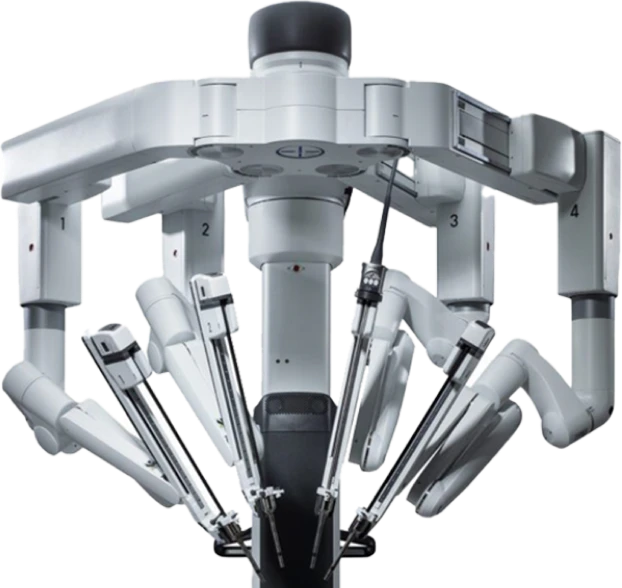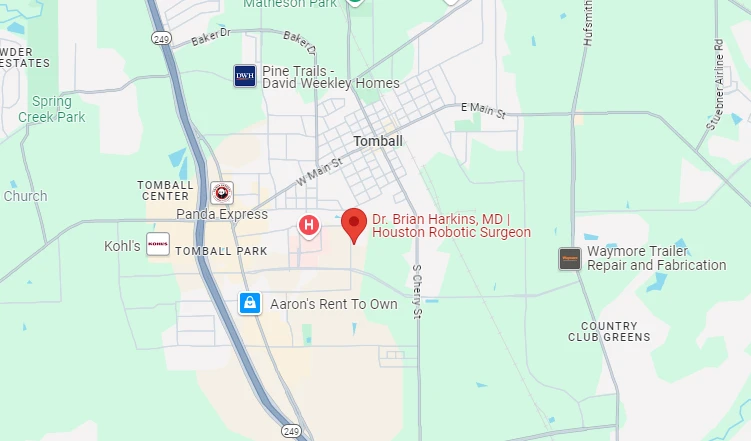Dr. Brian Harkins leads a compassionate team that provides personalized care for various breast conditions. With his extensive expertise and commitment to patient-centered treatment, Dr. Harkins ensures tailored solutions to meet your unique needs and deliver the best possible outcomes.




Common breast conditions are severe pain, mastitis (inflammation of the breast), cysts, benign lumps, and cancer. Many breast issues may be age related as conditions that occur in women over or under the age of thirty. A benign breast condition refers to a lump, cyst, or nipple discharge (fluid) of the female or male breast that is not typically cancerous. Lumps may be fibrocystic breast changes including fibrosis (that feels like scar tissue and can be rubbery and firm) or cysts (sacs filled with fluid). Malignant tumors tend to be firm.
Dr. Brian Harkins, along with his skilled team of doctors and clinicians, will work with you from diagnosis to treatment, carefully deciding on an appropriate plan of care to address your needs.
Benign inflammatory breast conditions include infectious mastitis and breast abscess, granulomatous mastitis, and lymphocytic mastopathy. Infections are often accompanied by redness, swelling, and pain. Sometimes it may be difficult to distinguish between infections and inflammatory breast cancer since symptoms of both include breast redness, tenderness, and rash.

Any lump formed by body cells may be referred to technically as a tumor. Not all tumors are malignant (cancerous). Most breast lumps – 80% of those biopsied – are benign fibrocystic breast lumps. Mammary glands, and ducts overreact to the normal hormones produced during ovulation, resulting in the development of fibrous lumps and/or numerous, small multiple cysts, (lumpy, fluid-filled sacs, or "pockets"). Fibrocystic changes are an exaggerated response of breast tissue to changes of ovarian hormones. Fibrocystic changes are the most common non-cancerous breast condition. They are most common in women between the ages of 20 and 50. They are unusual after menopause unless a woman is taking hormones.
Fibroadenomas are solid lumps of fibrous and glandular tissue. They occur most frequently in women between 18 and 35 and account for nearly all breast tumors in women under 25.
Papillomas are small wart-like lumps that grow in the lining of the mammary ducts, near the nipple. They often result in a discharge, either clear or bloody, from the nipple.
Dr. Brian Harkins is open to discussing all viable options for the relief and treatment of your benign breast lumps.

A lump in your breast can be anywhere, but a cancerous lump most often occurs in the upper-outer section of the breast. It can be located near the surface or deeper inside the breast, close to the chest wall. It can also occur in the armpit area, where there is more breast tissue. Malignant breast tumors, however, if not detected and treated early, will continue to grow, invading and destroying adjacent normal tissue. If unchecked, they will spread to surrounding lymph nodes. Then, by a process called metastasis, cancer cells will break away from the tumor and spread, through the lymph system and bloodstream, to other areas of the body.
Although some breast cancers may first announce their presence by nipple secretions, changes in the nipple's appearance, nipple tenderness or dimpling or puckering of the skin, most malignant tumors appear first as a single hard lump or thickness that is frequently, but not always, painless. A breast cancer lump is typically fixed in one spot and doesn't move around during a breast self-exam. A cancerous breast lump may feel like it has an irregular shape and be hard like a pebble or a rock.
Although breast lumps are common, they can also be unnerving. Rest assured that most are not cancerous. A clinical breast exam, mammogram, and other imaging tests can offer clues as to whether a breast lump is cancerous or not. However, a needle or excisional biopsy is the only way to distinguish between cancerous and noncancerous conditions.


Dr. Brian Harkins is a renowned surgeon specializing in advanced, minimally invasive, and robotic surgical techniques. With a dedication to innovation and personalized patient care, he has transformed countless lives by delivering exceptional outcomes.

I want a website like this, where do i start?